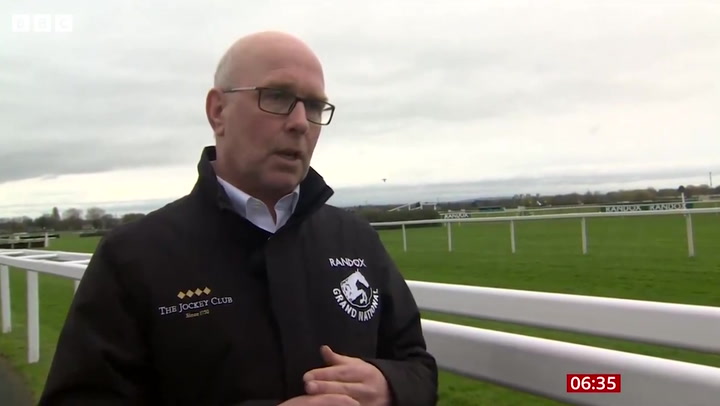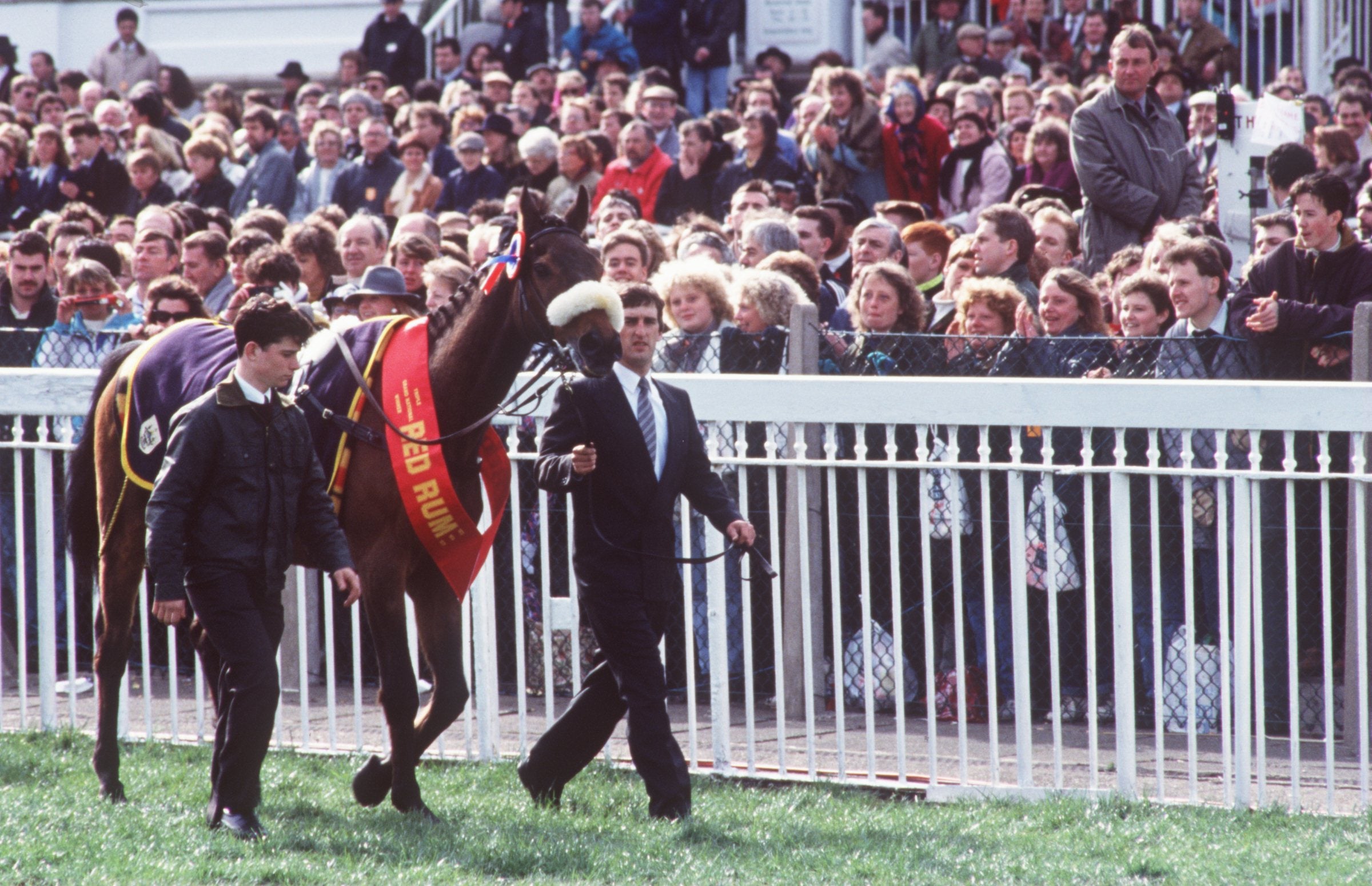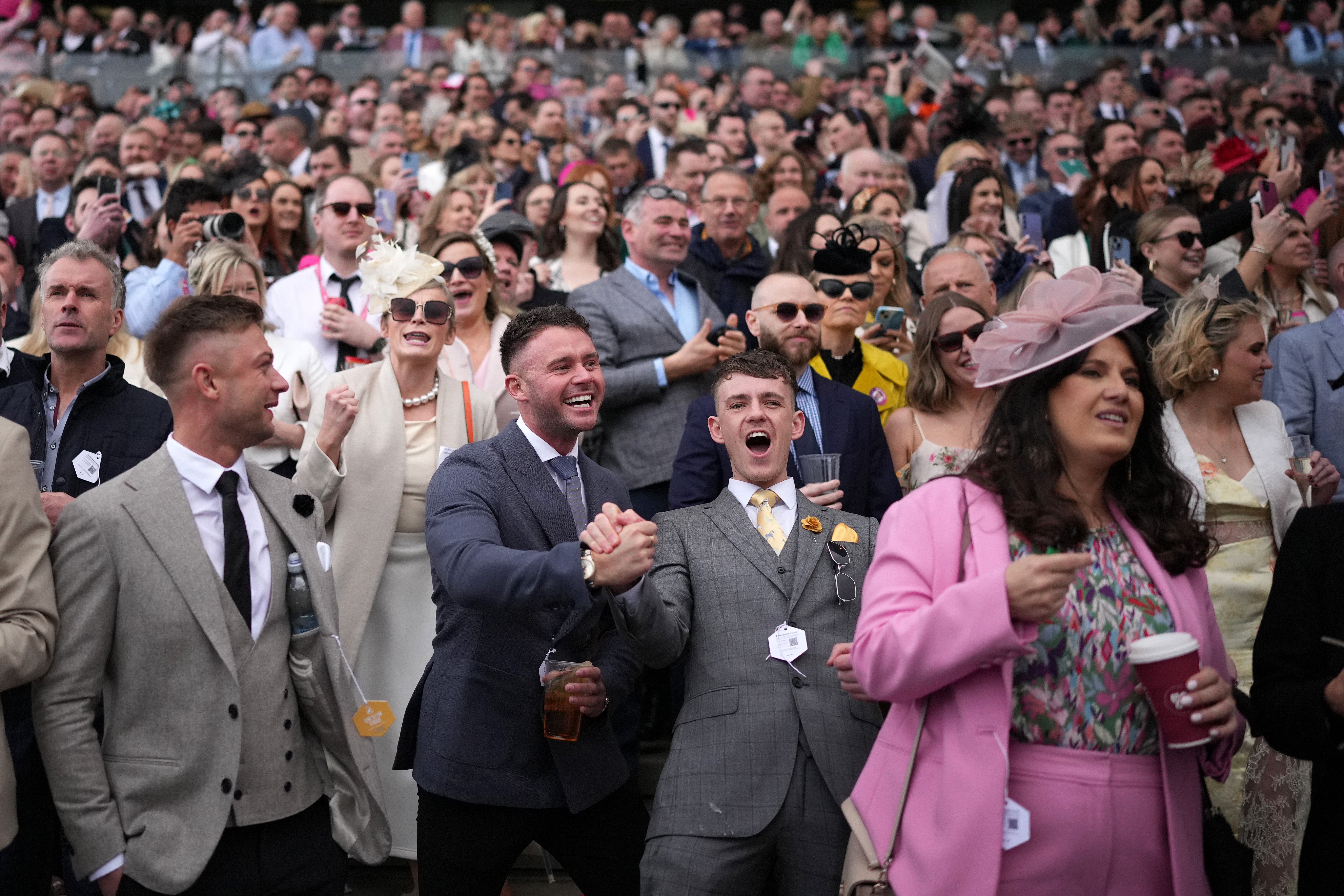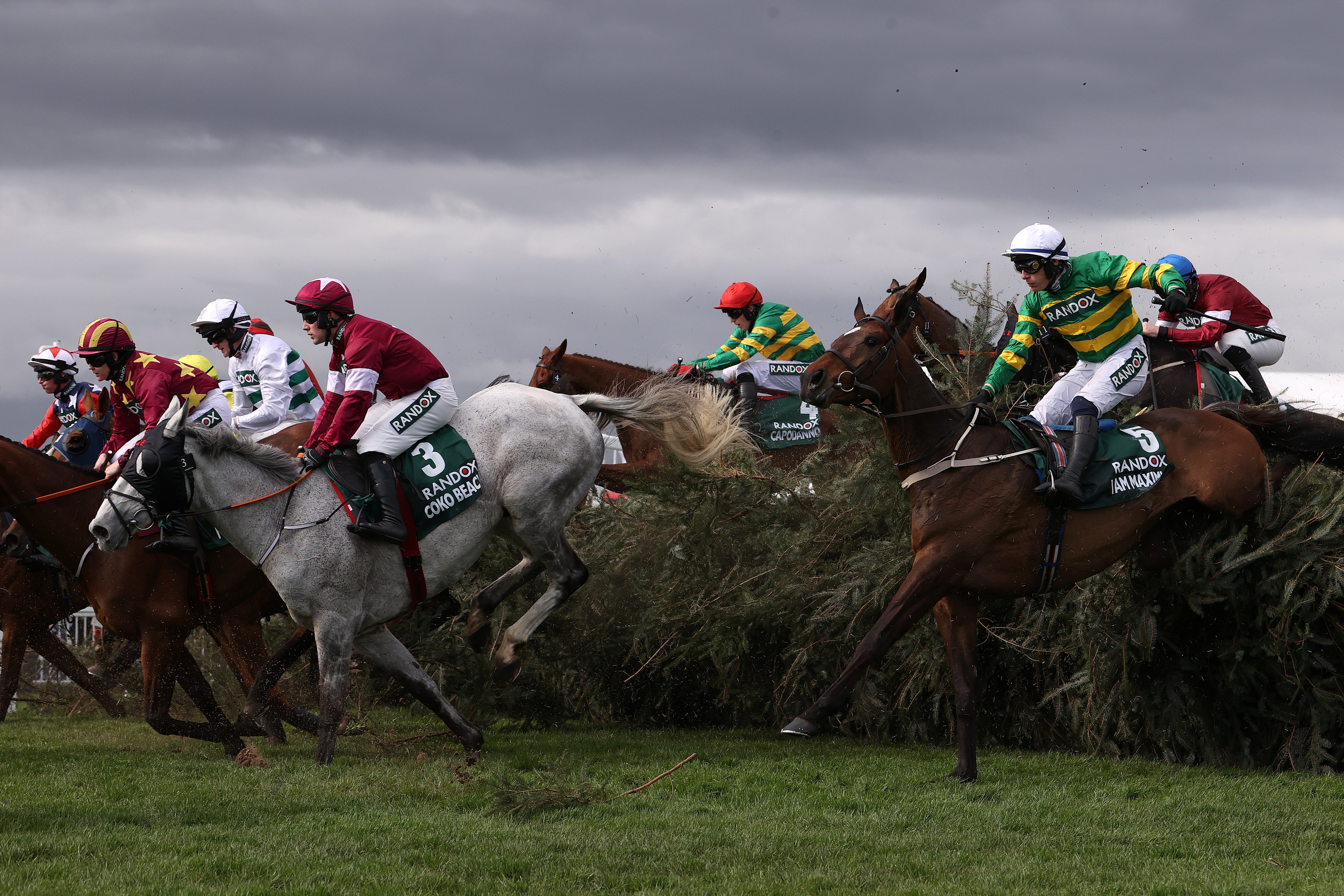The Grand National is the biggest horse race in the world – but its future is in serious doubt
The National has been a staple of the British sporting calendar for decades, but pressure from animal rights activists continues to threaten the iconic Aintree race’s future, writes Sam Turner


The FA Cup final, a Lord’s Test match, The Open, Wimbledon, the Grand National – all iconic British sporting events, revered and treasured by the viewing public.
For some of a certain vintage, all of the above, plus the likes of the British Grand Prix and World Snooker Championship are intrinsically linked with our childhoods and formed the very fabric of our sporting obsession, with terrestrial television transporting us to Wembley, Silverstone or Aintree to witness acts of brilliance and unstinting bravery.
That was certainly the correct description for the jockeys that tackled the National’s formidable obstacles – 40 horses galloping at high speed, attacking fences like Becher’s Brook and The Chair. There was a jeopardy, an unavoidable feeling of anxiety and suspense; would the horse we had drawn in the office sweepstake, been tipped by grandma or picked on trends and statistics, navigate both the 5ft ditch and most imposing fence on the course at 5ft 2in?
To echo the Australian description of the Melbourne Cup, the National was a race that stopped a nation on that one Saturday afternoon in April.
Those days are arguably now behind us as recent alterations to the make-up of the National have been made to ensure its longevity and placate a minority with increasingly louder voices pushing for a complete ban on horse racing and to let every horse in training run free.
A reduction in the maximum field from 40 runners to 34 has not been universally welcomed by the industry, who wonder, with some justification, where these modifications will end, while the examination of a horse’s jumping ability is barely recognisable from the days of Red Rum.

The transformation of the National is of huge concern to Darren Owen, who has commentated on the marquee event for more than 20 years in his role both for BBC Television and 5Live.
“The Grand National has been a victim of its own success. During its peak there were 12 million people watching [in Britain] one of the world’s greatest spectacles,” said Owen.
“Sadly, it is now in danger, thanks to the reduced field and other alterations, of becoming a borefest. The ‘Aintree factor’ simply isn’t there anymore, the sanitisation of the race has gone too far.
“Yes, there have been some good welfare work done with the structure of the fences being modernised, but I feel the authorities have boarded up the shop window when they really needed to brighten up the shop window.

“The Grand National is the flagship of our great sport and I am really concerned for its future. Fifty years ago, the course was on the verge of extinction and was set to be sold for development. Thanks to a public campaign, Aintree was saved and the National is now a race which belongs to Liverpool and the country. If we lose the National, there is no other race that will replace it.”
Owen continued emphatically: “For many of us, our passion for racing hailed from watching the National on television as kids. I was very lucky as my first exposure of the great race was seeing the incredible 1973 renewal where Red Rum chased down Crisp.
“I’m a big advocate of a ‘win and you’re in’ incentive, like they do with another iconic race – the Melbourne Cup. I want to see good, in-form horses running in the National, not a collection of has-beens.
“The National must never loses its lustre. Some people compare it to watching Formula One for the thrills and spills and we must ensure it never loses its identity.

“We must do everything in our power to preserve the prestige and history of an iconic national sporting event. Jump racing is under threat from outside forces and we must fight to retain its place in the sporting calendar.”
Of course, it could simply be a case of looking back at those 19th-century Nationals with rose-tinted spectacles. What’s the saying? Nostalgia ain’t what it used to be.
It is a delicate balancing act between providing enough drama and excitement to keep the public entertained while minimising risk so the race’s critics gain little traction.
Jon Pullin, the Jockey Club’s head of racing and clerk of the course at Aintree, issued a robust defence of the changes: “We review all aspects of the race every year, with the welfare of everyone involved our No 1 priority, but we also work hard to preserve the unique characteristics and challenges which make the Grand National the iconic race it is.
“Over the years we’ve made numerous changes, including modifying every fence in 2012 from timber frames to more forgiving plastic and investing hundreds of thousands of pounds in an enhanced watering system and a state-of-the-art cooling and washdown area for horses post-race.
“Then in 2023, we conducted an extensive review which resulted in several changes ranging from reducing the maximum number of runners to 34 to adding rubber toe boards to every fence. We’ve also introduced a standing start to the race and moved the first fence 60 yards closer to the start to help reduce speed on approach to that first fence.”
Peter Scudamore, who along with partner Lucinda Russell won the 2023 National with Corach Rambler, also believes horse welfare has improved immeasurably in recent times and that the sport is doing everything in its power to ensure its equine athletes are well catered for and risk is reduced to an acceptable level.

Scudamore said: “Aintree and those in the industry are trying to do everything we can to lower risk, but as much as it is unpalatable, risk will always play a part in sport.
“Our first Grand National winner One For Arthur (2017) was retired before suffering colic in a field and we couldn’t save him. We took the decision not to run our Cheltenham winner Brindisi Breeze at Aintree after he had won at the festival and he killed himself in a field later that summer.
“We, as an industry, are passionate about our horses and because of their value these days, veterinary care is now on a different level to back in the day and is continuing to improve year on year.”
The former champion jockey believes the future of Liverpool’s iconic showpiece is under threat due to changing attitudes within society.
He continued: “I do worry for the future of the National as I think as a country we are becoming alienated from the countryside. I’m aware I was brought up in a rural community with people practising rural ideas and nowadays those rules are at odds with the urban ideas which appear to be more prevalent.
“The Grand National is still a great spectacle, it is still 30 plus horses jumping over fences at speed and it still presents a fair question for horses.

“We retired Corach Rambler because we thought he had nothing left to prove and I ride him most days and firmly believe he loved being a racehorse and still believes he is one. The well-being of our horses is paramount to us and the moral question we should perhaps be asking is this: are humans looked after as well as our horses?
“I’d suggest not in a huge number of cases.”
Join our commenting forum
Join thought-provoking conversations, follow other Independent readers and see their replies
Comments


Bookmark popover
Removed from bookmarks